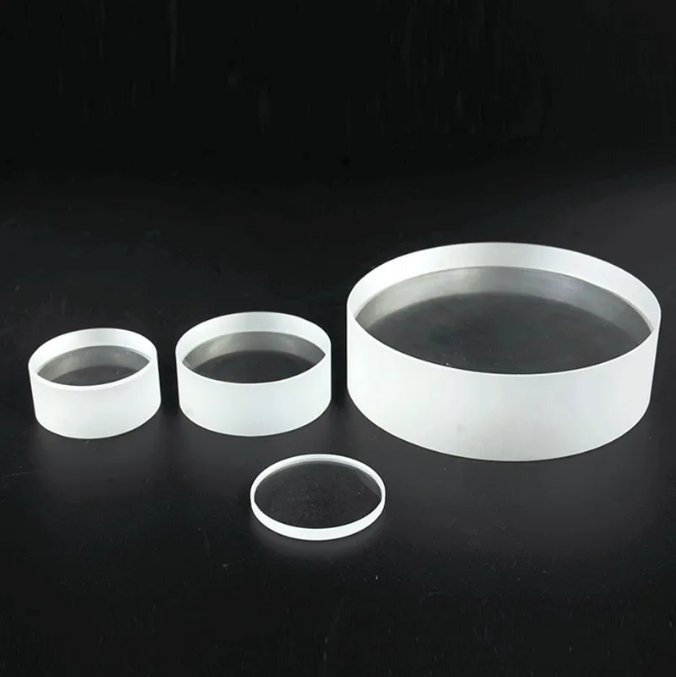What is the difference between quartz glass and high borosilicate glass
Quartz glass is a special industrial technical glass with a single component of silicon dioxide. This kind of glass has a hardness of up to Mohs level 7, has high temperature resistance, low expansion coefficient, thermal shock resistance, chemical stability and good electrical insulation performance, and can transmit ultraviolet and infrared rays. Except for hydrofluoric acid and hot phosphoric acid, it has good acid resistance to general acids. According to transparency, it is divided into two categories: transparent and opaque. According to purity, it is divided into three categories: high purity, ordinary and doped.

High borosilicate glass is made by heating the glass to melt it under high temperature conditions. It is processed by production technology. Because the linear thermal expansion coefficient is (3.3±0.1)*10-6/K, it is also called “borosilicate glass 3.3”. It is a special glass material with low expansion rate, high temperature resistance, high strength, high hardness, high light transmittance and high chemical stability. Due to its excellent performance, it is widely used in solar energy, chemical industry, pharmaceutical packaging, electric light source, craft accessories and other industries.
The main differences between quartz glass and high borosilicate glass are as follows:
Ingredients
- Quartz glass: The main component is silicon dioxide (SiO₂), and the purity is generally above 99%.
- High borosilicate glass: The main components include silicon dioxide, boron trioxide, sodium oxide, potassium oxide, etc., among which the content of boron trioxide is relatively high, generally above 12%.
Performance characteristics
- Hardness: Quartz glass has high hardness, with a Mohs hardness of up to 7, second only to diamond, corundum and other materials. High borosilicate glass has a relatively low hardness, with a Mohs hardness of about 5.5.
- Heat resistance: Quartz glass has extremely high heat resistance and can be used for a long time at a high temperature of about 1100℃ without softening or deforming, and can withstand higher temperatures in a short period of time. High borosilicate glass also has good heat resistance and can withstand a temperature difference of about 300℃. It can be used at relatively high temperatures, but not as good as quartz glass.
- Corrosion resistance: Quartz glass has extremely strong corrosion resistance. It hardly reacts with other acids except hydrofluoric acid and hot phosphoric acid, and it also has strong corrosion resistance to alkali substances. High borosilicate glass also has a certain tolerance to acids, alkalis and other chemicals, but not as good as quartz glass.

Appearance
- Transparency: Quartz glass has extremely high transparency, and has high transmittance to ultraviolet light, visible light, and infrared light. High borosilicate glass also has good transparency, but slightly lower than quartz glass.
- Color: Quartz glass is usually colorless and transparent, but some metal oxides and other substances can be added during the manufacturing process to make it present different colors. High borosilicate glass is generally colorless or slightly green.
Manufacturing process
- Quartz glass: The manufacturing process is relatively complicated, mainly including electric melting method, gas refining method, etc. Due to the high melting point of quartz glass, the manufacturing process requires high temperature and special equipment.
- High borosilicate glass: The manufacturing process is relatively simple, usually using traditional glass manufacturing methods such as float method, crucible method, etc.
